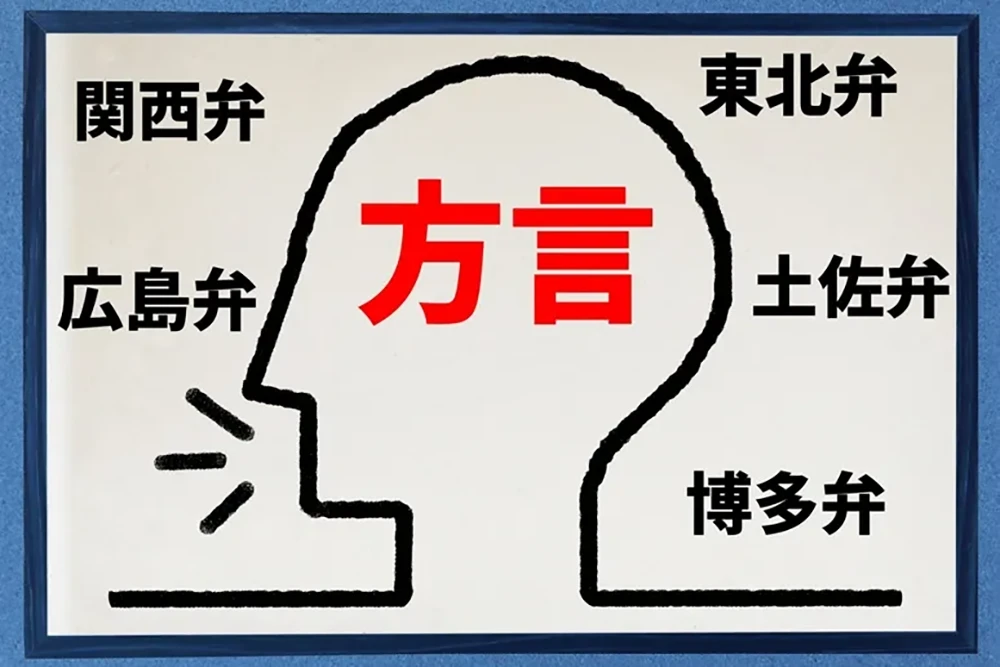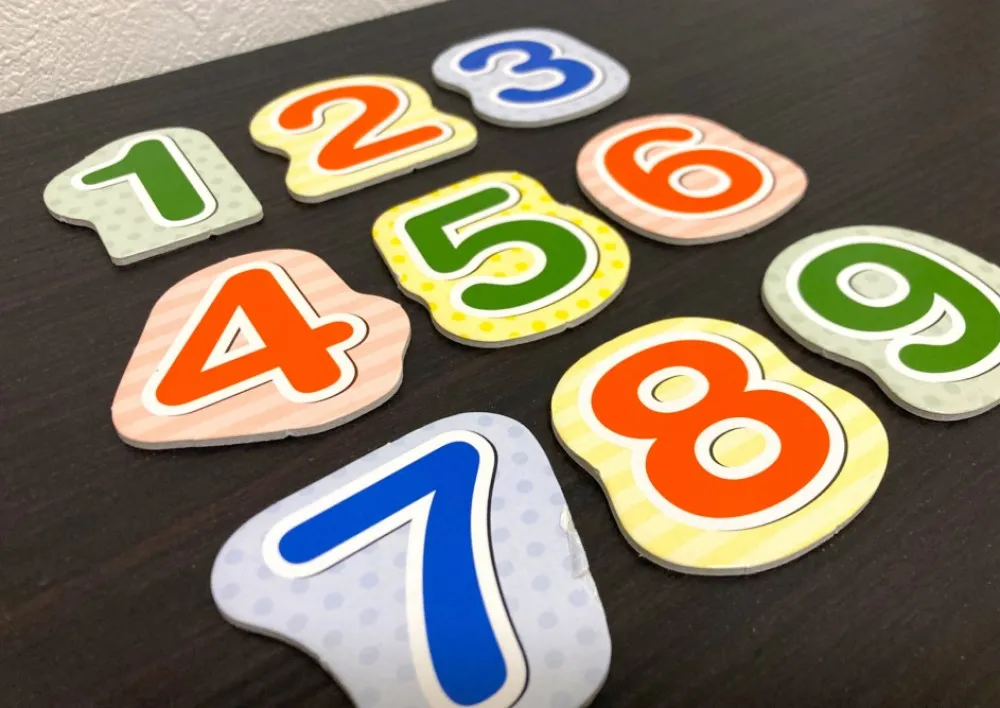

Start Simple Japanese Conversations: Useful Phrases for Taxi Ride
When taking a taxi in Japan, it’s more than just transportation—it’s a chance to experience Japan’s culture of omotenashi (hospitality). Today, we’ll explore practical phrases to make your taxi ride smoother, while also highlighting cultural aspects unique to taxis in Japan. Go beyond the language barrier and deepen your understanding of Japanese culture.
Riding a Taxi in Japan
Taxis are a very useful way to get around, especially when traveling in areas with limited public transport or carrying large luggage in Japan. However, in Japan, taking a taxi can be more than merely a means of transportation; it can serve as a space that exemplifies the country’s distinguished service culture, omotenashi.
Taxis in Japan are highly regarded worldwide for their exceptional service, leaving a lasting impression on foreigners who visit. Drivers wear clean, well-fitted uniforms along with gloves. The gloves serve practical purposes, such as preventing the steering wheel from slipping and maintaining hygiene when handling money, thereby enhancing both safety and cleanliness. In addition, drivers are generally polite and provide considerate assistance, such as naturally helping with loading and unloading luggage.
One of the most distinctive features is the automatic door on the left side of the rear seat. The door is manually controlled by the driver, who operates a lever to open and close it for passengers, while carefully ensuring the safety of the surroundings. This system allows passengers to get in and out safely, so it is important to be aware that passengers should not touch the door themselves. The proper etiquette is to wait until the door is fully open before entering, and to wait for the driver to close it after exiting.
Here are some ways to catch a taxi:
Catch a Taxi on the Street
In urban areas, look for taxis driving by and raise your hand to hail one. Make sure the taxi displays the red “Vacant” (空車) sign on the windshield before getting in.
Wait at a Taxi Stand
Near major stations and other busy areas, taxi stands are available where you can line up and take a taxi in order.
Arrange a Taxi by Phone or App
You can either call the taxi company directly or use a designated app to arrange a taxi to your specified pick-up location.
It is not permissible to board a taxi that displays any of the following signs. These include 賃走 (Occupied, when the taxi is already carrying a passenger), 支払 (Paying, when the passenger is making a payment), 迎車/予約 (On the Way / Reserved, when the taxi is en route to pick up a reserved passenger), and 回送 (Out of Service, when the taxi has finished its shift or is undergoing inspection). In addition, a 割増 (Surcharge, indicating that late-night or early-morning fares are in effect) sign may be displayed; however, if the taxi is vacant, you may still take it.
Make the Most of Your Ride: Chat with a Taxi Driver in Japanese
Here are some tips to turn a taxi ride from a simple, silent journey into a memorable opportunity for interaction. When starting a conversation, it is culturally most refined to begin by showing respect for your conversation partner’s expertise. Try asking questions that are easier for the driver to answer as a specialist of the area, which helps make the conversation smoother and more informative.
The following are culturally “considered” conversation starters.
Travel-Related Topics
Asking questions that rely on the driver’s expertise is an effective way to start a conversation. You can start a conversation like this:
・「この近くに美味しいレストランはありますか?」
Kono chikaku ni oishii resutoran wa arimasu ka? (Are there any good restaurants nearby?)
Drivers might ask you questions like:
・「日本にはいつ着いたんですか?」
Nihon ni wa itsu tsuitan desu ka? (When did you arrive in Japan?)
・「観光ですか?それともお仕事ですか?」
Kankou desu ka? Soretomo oshigoto desu ka? (Are you here for sightseeing or business?)
Weather-Related Topics
Weather is the most common icebreaker in Japan.
・「今日はいい天気ですね。」
Kyou wa ii tenki desu ne. (The weather is nice today, isn’t it?)
・「少し寒いですね。」
Sukoshi samui desu ne. (It’s a bit chilly, isn’t it?)
Conversations Initiated by the Driver
Drivers often ask about the air conditioning in the car or suggest using the highway to ensure passenger comfort. Responding actively to these questions can lead to further conversation opportunities.
Driver: 「車内の空調、寒くないですか?」
Shanai no kuuchou, samukunai desu ka? (Is the air conditioning inside the car not too cold?)
Passenger: 「はい、大丈夫です。ありがとうございます。」
Hai, daijoubu desu. Arigatou gozaimasu. (Yes, it’s fine. Thank you.)
Useful Taxi Phrases: Telling Your Destination
The first step when taking a taxi is to inform the driver of your exact destination. The basic phrase is “〜までお願いします。: made onegai shimasu.”
Telling the driver your destination precisely can help avoid misunderstandings. For example, instead of just saying “the station,” it’s important to specify which one, such as “東京駅までお願いします。: Tokyo-eki made onegai shimasu” (To Tokyo Station, please). If the station is very large, like Shibuya Station, you can add more detail, for instance: “ハチ公口までお願いします。: Hachiko-guchi made onegai shimasu” (To the Hachiko Exit, please). By giving clear instructions, your trip will be much smoother once you get out of the taxi. Landmarks also work well, such as: “東京スカイツリーまでお願いします。: Tōkyō Sukaitsurī made onegai shimasu” (To Tokyo Skytree, please).
If you are unsure about the pronunciation, you can simply show the driver a map, the address of your destination, or even a hotel business card, while saying “ここまでお願いします。: Koko made onegai shimasu” (To this place, please).
When giving directions to the driver, it is best to use clear and simple instructions. Here are some examples:
・「この道をまっすぐ行ってください。」
Kono michi o massugu itte kudasai. (Please go straight on this road.)
・「次の信号を右に曲がってください。」
Tsugi no shingou o migi ni magatte kudasai. (Please turn right at the next traffic light.)
・「次の角を左にお願いします。」
Tsugi no kado o hidari ni onegai shimasu. (Please turn left at the next corner.)
Useful Taxi Phrases: Telling Your Drop-Off Location
As you approach your destination, inform your driver where you would like to get off. There are several ways to phrase it, so select the expression that best suits each situation.
Polite and clear expression:
・「ここで降ろしてください。」
Koko de oroshite kudasai. (Please let me get off here.)
Common and slightly simpler expression:
・「ここでいいです。」
Koko de ii desu. (Here is fine.)
Useful expressions for giving more precise and smooth instructions:
・「あのコンビニの手前で止めてください。」
Ano konbini no temae de tomete kudasai. (Please stop just before that convenience store.)
・「あの橋を渡ったところで止めてください。」
Ano hashi o watatta tokoro de tomete kudasai. (Please stop just after crossing that bridge.)
・「スーパーの角を曲がったところでお願いします。」
Suupaa no kado o magatta tokoro de onegai shimasu. (Please stop just after turning at the corner of the supermarket.)
Drivers may confirm the location before stopping:
・「このあたりで大丈夫ですか?」
Driver: Kono atari de daijoubu desu ka? (Do you want me to stop here?)
・「はい、大丈夫です。」
Passenger: Hai, daijoubu desu. (Yes, that’s fine.)
If you have trouble explaining in Japanese, pointing at your smartphone or showing pictures of the area around your destination can also work. However, please note that the driver may stop slightly away from your desired location, depending on safety.
Useful Taxi Phrases: Payment and Greetings
Greet the driver in Japanese when getting off the taxi and during payment, so you can leave a good impression. First, if you would like to know the fare, you can ask by saying “いくらですか?: Ikura desu ka?” (How much is it?).
For payment, most taxis in Japan nowadays accept credit cards, IC transit cards (like Suica), QR code payments, and cash. Use the phrases below to indicate which method you would like to use.
・「クレジットカードは使えますか?」
Kurejitto kaado wa tsukaemasu ka? (Can I pay by credit card?)
・「現金でお願いします。」
Genkin de onegai shimasu. (I’ll pay in cash.)
・「Suicaでお願いします。」
Suica de onegai shimasu. (I’ll pay with Suica.)
If you need a receipt, ask by saying “領収書をください。: Ryoshuusho kudasai” (Please give me a receipt), or the driver might ask you if you need one, for example: “領収書はいりますか?: Ryoshuusho irimasu ka?” (Do you need a receipt?).
Tipping your taxi driver is uncommon in Japan. The service fee is already included in the fare, so there is no need to leave a tip. However, if you would like to express your appreciation, there is a common phrase: “お釣りは結構です。: Otsuri wa kekkoo desu” (Please keep the change).
Most importantly, when getting off the taxi, don’t forget to say “Arigato gozaimashita” (Thank you very much). Most likely, the driver will respond with a greeting, and they might even give you a warm message, such as “Owasuremono nai you ni ki o tsukete kudasai” (Take care not to leave anything behind) or “Yoi ichinichi o” (Have a nice day).
Take Your Japanese Further at TCJ
The journey of learning Japanese isn’t always easy. At TCJ, we focus on using practical Japanese phrases and offer a variety of courses to support every step of your learning path. We encourage you to achieve your goals with high-level lessons and reliable support from our experienced teachers. Enrolling at TCJ gives you the opportunity to discover Japanese you’ve never known before.
References
LIVE JAPAN [MOVIE]: “Japanese Phrases for Taking a Taxi”
https://livejapan.com/ja/article-a0000913/
Merkmal: “Taxi ‘Automatic Doors’ – Why Passengers Should Not Close Them Themselves”
https://merkmal-biz.jp/post/37088/2
att.JAPAN: “A Clear Guide to Using Taxis in Japan, Including Fares and How to Ride”
https://att-japan.net/ja/724-2/
- Private Lesson
- Japanese for Expats
- International Student Visa Program
- Job Hunting in Japan
- Japanese Language School
- Email Phrases
- Business Japanese
- Keigo
- Japanese For Executives
- Japanese Manners
- Learn Japanese
- Japan Trivia
- Basic Japanese
- Japanese Culture
- Japanese Beginner
- Japanese Advanced
- Japanese Greetings
- Japanese Phrases
- Online Lesson
- Business & Daily Life Japanese Program
- Interview
- Japanese tips
- Kanji
- Want to Learn Japanese

Discovering Japanese Dialects: Kansai-ben, Kanto-ben, Tsugaru-ben, and More

Difficult Japanese Words: Numbers And the Way to Count Them







